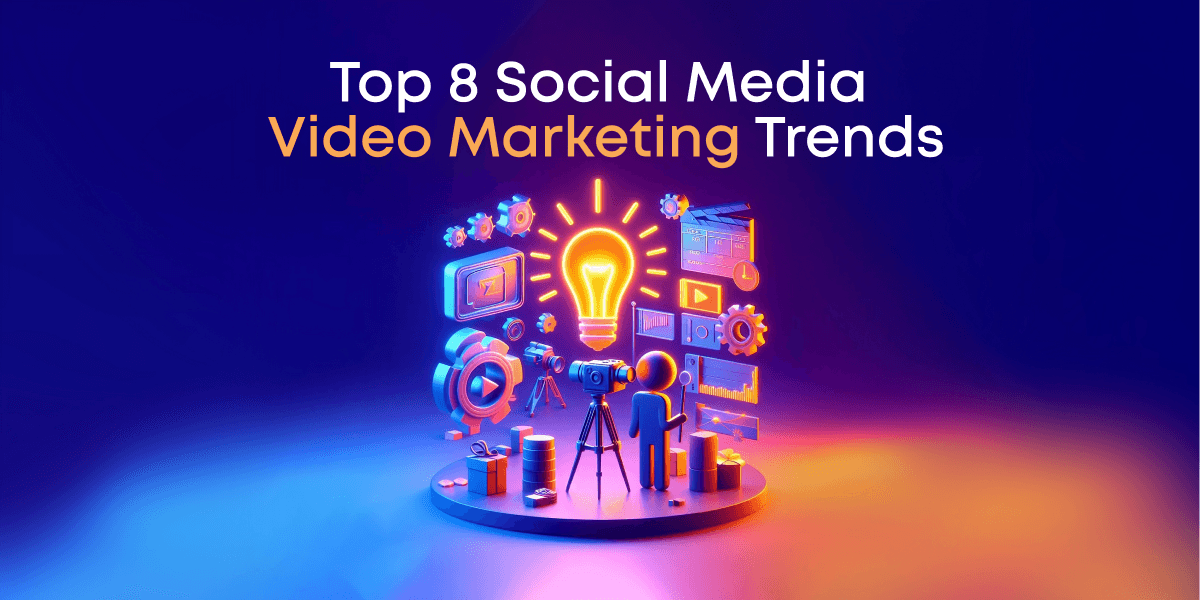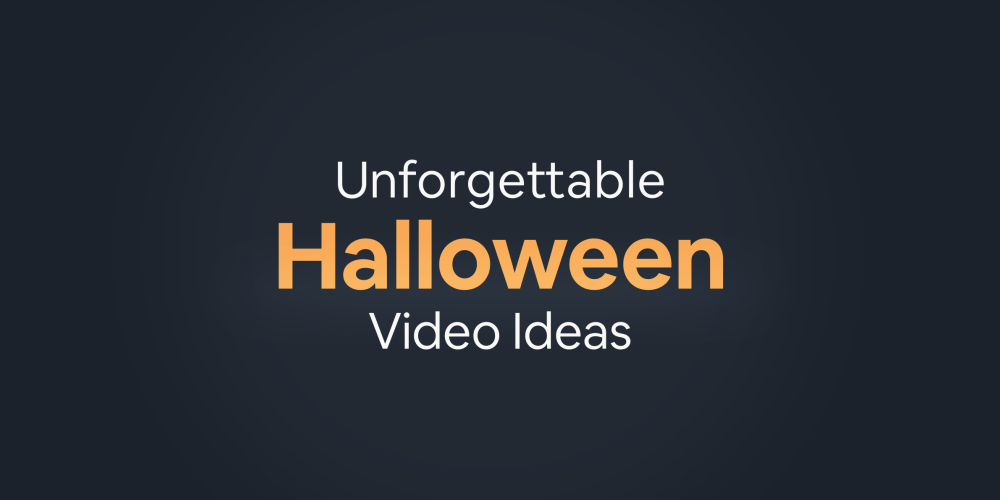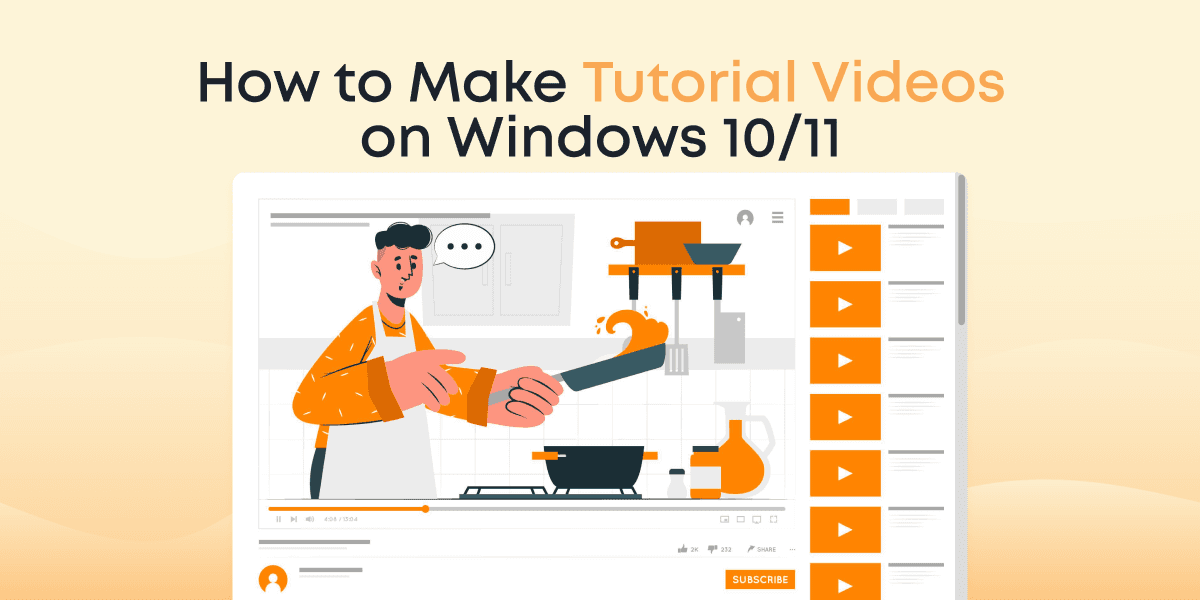While AdSense is the most widely known monetization option for creators on YouTube, brand deals and sponsorships rank as the most profitable.
However, only a small percentage of YouTube influencers are taking advantage of it. If you’re part of a group that doesn’t have sponsorship deals yet, either of these may be your problem: you feel your channel is too small, or you simply don’t know how to make these sponsors come to you.
But not to worry, in this guide, we will take you on a deep dive into the various kinds of sponsorships and how to get sponsored on YouTube, even as a micro-influencer.
Let’s get to it!
Contents
Understanding the Concept of YouTube Sponsorships
YouTube sponsorships, also known as branded content or brand deals, refer to a series of collaborations or promotional partnerships between YouTube creators and external companies, during which the creators strategically integrate promotional content into their videos.
In a sponsorship deal, the YouTuber integrates the sponsor’s product, service, or brand messaging in a variety of formats, such as product placements, shoutouts, reviews, or tutorials. The goal is to showcase the sponsor’s offerings in a way that feels natural and engaging to the audience.
In return, the sponsoring brand compensates the creator in various forms, including flat fees, performance-based incentives, free products or services, or a combination of these.
That said, YouTube has strict guidelines regarding transparency and disclosure for sponsored content.
Creators are required to clearly disclose their sponsorship relationship to their viewers. This is typically done through statements like “This video is sponsored by [brand]” or similar disclosures placed prominently in the video or its description.
Why are YouTube Sponsorships making Waves Now?
Most YouTubers who have gotten access to sponsors have shown preference for brand deals over AdSense for a wide variety of reasons, some of which we’ve covered below:
Higher Earnings
Many YouTubers find that YouTube sponsorships can be more lucrative than relying solely on AdSense revenue. Sponsors often offer competitive compensation, making it an attractive source of income for creators.
Control and Creative Freedom
Creators often have more control and creative freedom in their sponsored content compared to ads served through AdSense. They can craft content that aligns with their style and audience while seamlessly integrating the sponsor’s offerings.
Targeted Partnerships
Creators can select sponsors that align with their content and audience, ensuring that the products or services they promote are relevant and appealing to their viewers. This targeted approach often leads to higher conversion rates.
Long-Term Relationships
When sponsors strike a deal with creators, they typically do so with a long-term mindset. As long as the creator continues to deliver their obligation, they’re almost certain to have a reliable flow of income for a long time. This long-term partnership also allows the creator and the sponsor to build a more substantial and enduring connection with the audience.
Monetizing Smaller Channels
Even smaller YouTubers with niche audiences can benefit from sponsorships. Brands often seek out micro-influencers because they can provide highly targeted exposure.
How Much Do YouTube Video Sponsors Typically Pay?
There is no specified amount for YouTube sponsorships. However, the amount you get from getting sponsored on YouTube often depends on a variety of factors, including but not limited to the following:
- Sponsor’s marketing budget—Larger brands with substantial budgets can afford to pay more for sponsorships, while smaller companies or startups might offer lower compensation.
- Your channel’s subscriber count—Creators with larger subscriber counts often command higher sponsorship fees because they can reach a broader audience. However, smaller channels can still secure sponsorships, especially if they have a highly engaged and niche audience.
- Your average views per video—Sponsors often look at your video’s performance metrics, such as the average number of views per video. Videos with consistently high view counts are more attractive to sponsors, and creators with a track record of delivering such content may receive higher payments.
- Audience engagement—Sponsors value channels with highly engaged audiences because they are more likely to convert viewers into customers. Factors like likes, comments, shares, and click-through rates can influence the sponsorship’s value.
- Nature of the sponsorship—The type of sponsorship and the depth of integration can impact the payment. For example, a simple product placement or mention in a video may be less lucrative than a dedicated review, tutorial, or multi-video campaign.
How to Get Brand Deals as a Micro-influencer
Brands understand the power of influencer marketing and the ability of YouTubers to connect with their audience authentically. As a result, they are increasingly investing in sponsorships as part of their marketing strategy.
It is common to see big channels landing all the sponsorships—thanks to their size and high content engagement. But do you know you can also get sponsored on YouTube, even as a relatively smaller channel?
If you’re running a niche channel, many organizations will be happy to partner with you because of the potential for targeted exposure. That said, let’s get to the details of how you can get sponsored on YouTube.
Make your Channel Sponsor-worthy
Before you can attract brand deals as a micro-influencer on YouTube, you must ensure your channel is sponsor-worthy. This involves maintaining a consistent uploading schedule, tailoring your content to focus on a specific niche, upgrading your thumbnail game, and getting familiar with YouTube’s guidelines.
Maintain High-Quality Videos
To ensure your potential sponsors take you seriously, sub-par videos shouldn’t be found in your collection. Upgrade your camera, microphone, and lighting gear, and polish up your editing skills.
If you’re doing your editing yourself, it is crucial to utilize a video editing tool that doesn’t overcomplicate things for you. You need a video editor that maintains high ease of use while offering robust functionalities. This is where Animotica comes in!
Animotica is a Windows-based video editor designed to help creators create pro-level videos even with low-level editing skills. It presents a slew of top-notch functionalities (special effects, precise trimming, audio editing, etc.) in an easy-to-use interface, allowing you to produce high-quality videos with zero complications.
If your content approach requires a lot of screen recording (e.g., gaming, software reviews, interviews, etc.), then we highly recommend using ScreenMix, a Windows-based screen recorder designed to capture high-quality recordings of your screen with an impressive level of flexibility.
Research Potential Sponsors
Since you’ll be putting yourself out there for sponsors to find you, you need to define who your prospects are. Identify the brands and products relevant to your niche and study similar channels to see which brands have sponsored them.
You can find companies in your niche by searching on social platforms like Twitter, Facebook, and Instagram or search engines like Bing and Google. When you find these brands, identify those with a higher chance of responding to you, like startups, established companies with a history of influencer marketing collaborations, and businesses whose products or services align closely with your content and audience.
Create a Media Kit
A media kit, sometimes called an influencer kit or a sponsorship deck, is essentially a portfolio that presents an overview of yourself and your channels. It tells your story as a creator, your goals, achievements, audiences, and what you can do for brands that work with you.
A robust media kit often includes sponsorship packages and rates, audience demographics, channel statistics, content samples, websites, and social media channels.
You can either create a media kit using templates from Canva or do it on YouTube’s BrandConnect.
Signup with Influencer Marketing Platforms
Signing up with trusted influencer marketing websites is a great way to get sponsors as a micro-influencer. Some popular ones include BrandConnect, CreatorIQ, ArtBrief, Impact, and Creator.co.
Create a compelling profile on these platforms, showcasing your channel and relevant stats like audience size, sample videos, view counts, and more.
These platforms bridge the gap between brands and creators, allowing creators to find brands that need their creativity.
Reach out to Prospects via Emails
To boost your chances of landing deals, you should also consider sending cold emails. It is important to do this ethically, as you don’t want to give a bad impression about your brand.
Write personalized emails to representatives of your potential sponsors. Address them by name and explain why your channel aligns with their brand. Clearly communicate the value you can offer the brand. Explain how your audience would benefit from their product or service.
Building relationships with brands may take time. Stay authentic, keep improving your content, and be patient in your pursuit. As your channel grows, you’ll become more attractive to potential sponsors.
Best Practices for Promoting Sponsored Content on YouTube
Promoting sponsored content on YouTube can be a lucrative endeavor, but doing it the wrong way can have extreme repercussions not just for your channel but for the brands you represent.
Here, we discuss some best practices you ought to keep in mind.
Disclosure and Transparency
It is important to ensure your viewers recognize when a video is sponsored. This is not only an ethical requirement but also a legal obligation in many countries.
Be clear and transparent with your audience by using phrases like “This video is sponsored by…” or “Thanks to [Brand] for sponsoring this video.”
Also, avoid making false claims or exaggerations about the sponsored product or service, as it could make you lose your viewers’ trust.
Choose Relevant Brands
Only partner with organizations and products that align with your channel’s niche and your audience’s interests. Promoting irrelevant products can damage your credibility and alienate your viewers.
This is also important for long-term partnerships. You do not want to get locked in with a brand that doesn’t share the same values as your community.
Focus on Creating Value for your Viewers
Do not focus too much on reading out a promotional script for your viewers. Instead, prioritize offering value. Provide helpful insights, entertainment, and demonstrations that your audience will genuinely be interested in.
Focusing so much on delivering the ad will turn your video into a sales pitch, boring your viewers, annoying them, and ultimately making them click off.
Avoid Overpromotion
Strike a balance between sponsored and non-sponsored content. Overloading your channel with sponsored content can appear greedy and may cause your viewers to lose interest. It is important to maintain the authenticity and personality that drew your audience in the first place.
Be Prepared for Criticism
Not all viewers will respond positively to sponsored content. Be ready for some criticism, and handle it professionally. Engage with constructive feedback and use it to improve future sponsored content.
Examples of Successful Sponsorships on YouTube
YouTube sponsorships are very common among YouTubers, so you can never run out of examples. Here, we’ve compiled a short list of successful sponsorships to give you a closer view of what it looks like.
KingTutsPro + Animotica
KingTutsPro is a YouTuber that creates content focused on video editing and graphic design. In this sponsored video, KingTutsPro unpacks Animotica, a Windows 10/11 video editor.
He adopted a tutorial content strategy, showing his audience how to edit Instagram and YouTube videos using the software.
MrBeast + Shopify
With over 190 million subscribers, MrBeast is popular for some of the most viral videos on the internet, from his real-life Squid Game remake to his numerous weird and entertaining challenges.
In the sponsored video, he creatively infuses promotional content from Shopify, talking about the platform against a backdrop of a chaotic storm brewing right in the middle of the ocean, where he would be stranded for the next seven days.
Teaching Men’s Fashion + PMD Beauty
Jose Zuniga ranks as a top influencer in YouTube’s fashion and men’s grooming community. Sponsored content is something he’s well-known for, as he’s never afraid of plugging brands into his content.
In this sponsored video, he demonstrates how men can have flawless skin by following a set of skincare routines using products from PMD Beauty.
Graham Stephan + Printify
Graham Stephan is a popular name in YouTube’s finance and investment community, always getting involved in trends around stocks, cryptocurrency, real estate, and the “money lifestyle.”
While giving his tips on how people can realistically get rich in their 20s, he talks about Printify, a print-on-demand platform, detailing how users can leverage the platform to generate passive income on the internet.
Conclusion
While most small YouTubers feel they are not good enough for sponsors, the truth remains that there’s an opportunity for everyone as long as you are willing to put in the work and put yourself in the spotlight.
We hope this guide has given you the necessary insights you need to go for your very first sponsorship opportunity.
Remember that not every sponsorship opportunity will be a good fit for your channel, so choose partnerships that complement your values and resonate with your audience.




